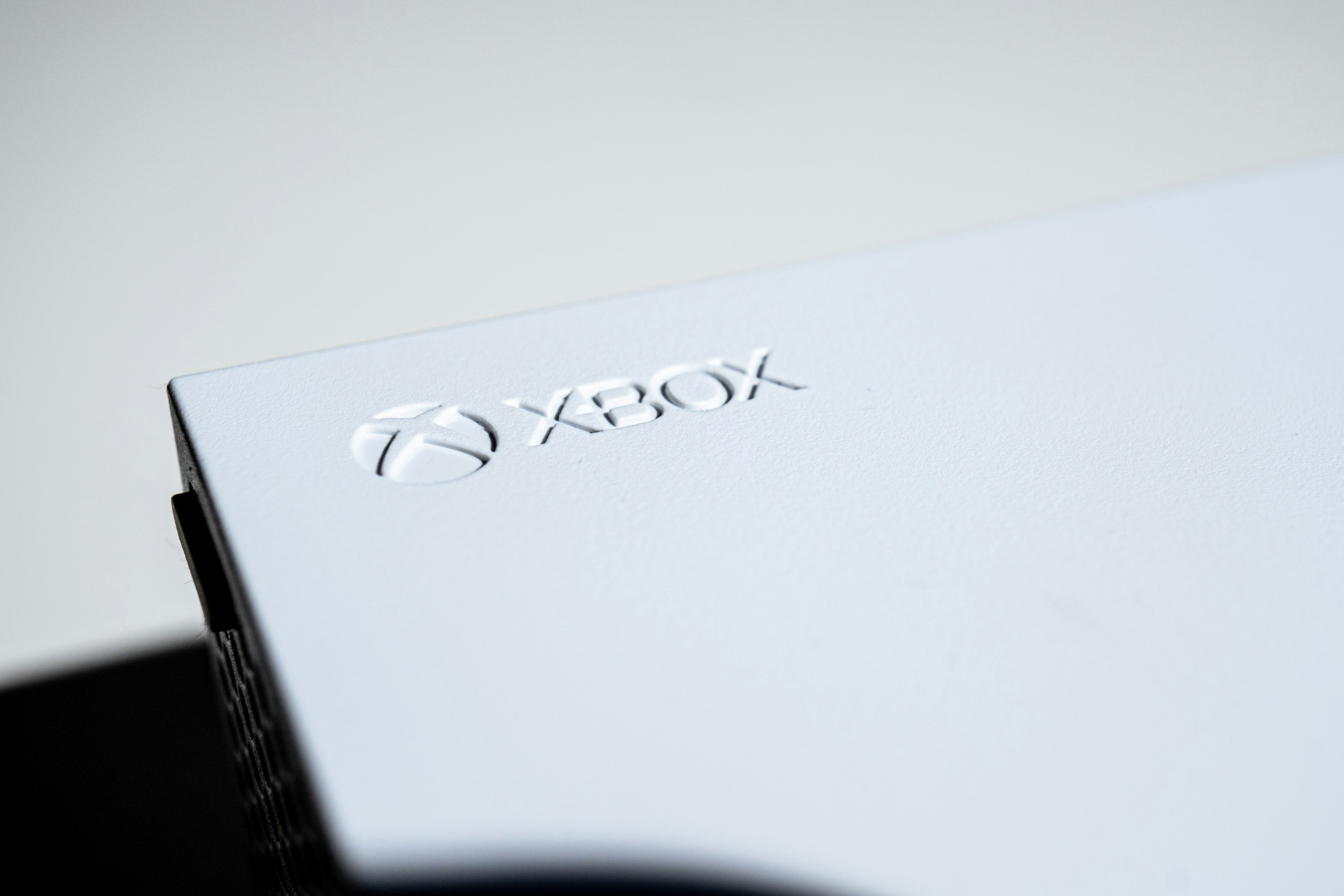NATIONWIDE – Microsoft has officially unveiled two new handheld gaming PCs, the ROG Xbox Ally and ROG Xbox Ally X, developed in collaboration with ASUS, which will feature a newly optimized Windows 11 and a full-screen Xbox experience.
Key Facts
- Two Models Introduced – Microsoft and ASUS are launching the ROG Xbox Ally and a more powerful ROG Xbox Ally X, both aiming for a holiday release.
- Optimized OS and Interface – The handhelds will boot directly into a full-screen Xbox experience, with Windows 11 significantly optimized for handheld use to improve performance and battery life.
- Broad Game Compatibility – The new Xbox app will function as a central launcher for all PC games, including titles from Steam, Epic Games Store, and Battle.net, alongside Xbox Game Pass and Play Anywhere.
These new devices represent Microsoft’s direct entry into the burgeoning handheld gaming PC market, aiming to compete with existing devices like Valve’s Steam Deck.
A Refined Gaming Experience Through Software Integration

Microsoft has redesigned its software to provide a seamless handheld gaming experience. The ROG Xbox Ally devices will boot directly into a new full-screen Xbox interface, minimizing the traditional Windows desktop elements. This optimization removes non-essential Windows processes, such as the desktop wallpaper and taskbar, to free up system resources. Roanne Sones, corporate vice president of gaming Devices and ecosystem at Xbox, stated that this collaboration leveraged “the Xbox OS for 20 years or more” directly into the Windows codebase. Early testing suggests this can return approximately 2GB of memory to games.
The enhanced Xbox app in full-screen mode will serve as a universal launcher, aggregating all PC games from various storefronts, including Steam and the Epic Games Store, alongside Xbox Play Anywhere and Game Pass titles. The Xbox Game Bar has also been improved for handheld use, allowing quick access to device settings like Wi-Fi and Bluetooth, ASUS’ Command Center, and Microsoft’s new Gaming Copilot. A long press on the Xbox button will provide a handheld-friendly task switcher for navigating between applications.
Hardware Specifications and Market Positioning
The ROG Xbox Ally and ROG Xbox Ally X come with distinct hardware configurations. The base ROG Xbox Ally features an AMD Ryzen Z2 A Processor, 16GB of RAM, and 512GB of SSD storage, with a 60Wh battery. The more powerful ROG Xbox Ally X boasts an AMD Ryzen AI Z2 Extreme processor, 24GB of RAM, 1TB of storage, and an 80Wh battery. Both models include a seven-inch 1080p, 16:9 display with a 120Hz refresh rate and 500 nits of brightness, protected by Corning Gorilla Glass Victus. They also feature HD haptics, two assignable back buttons, and a 3.5mm combo audio jack.
Microsoft also highlighted efforts to create a “Steam Deck verified”-style program, indicating which games are optimized for handheld play on devices like the ROG Xbox Ally. While all games shown at the Xbox Games Showcase will be playable, it was not specified if all would run natively. Users will also be able to access their full Xbox console library via Xbox Cloud Gaming or Remote Play. The devices will launch initially in multiple global markets, including North America, Europe, and Asia.
Broader Implications for Windows Handhelds
These software enhancements are not exclusive to the new ROG Xbox Ally series. Microsoft plans to roll out the full-screen Xbox experience to existing ROG Ally and ROG Ally X devices, with similar updates expected for other Windows handhelds starting next year. This move could standardize the user experience across Windows-based handhelds and potentially reduce the appeal of alternative operating systems like SteamOS for PC manufacturers. The focus on power efficiency, particularly in sleep mode, aims to address a common complaint about Windows-powered handhelds. Microsoft claims that booting into the full-screen experience and entering sleep mode draws one-third of the idle power compared to booting into the full Windows desktop. This direct involvement from Microsoft sets the stage for a competitive environment between Windows and Linux in the future of handheld gaming PCs.









